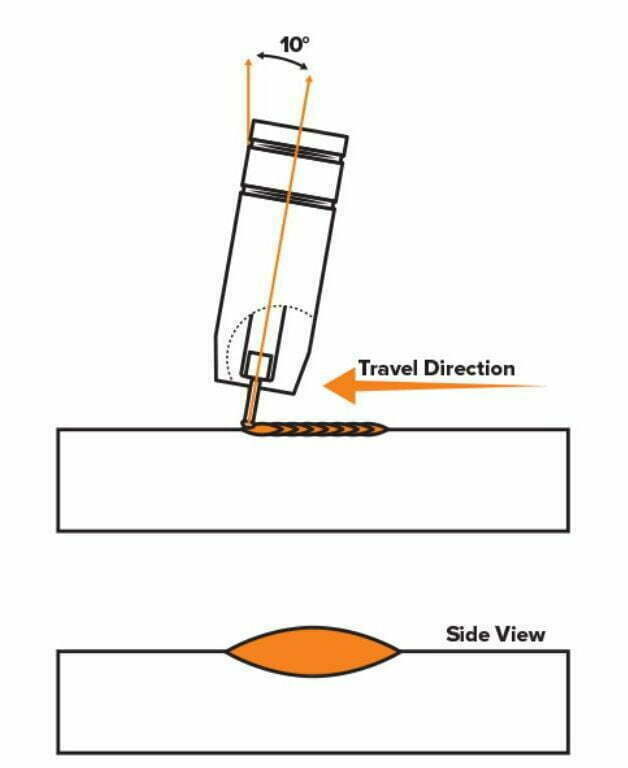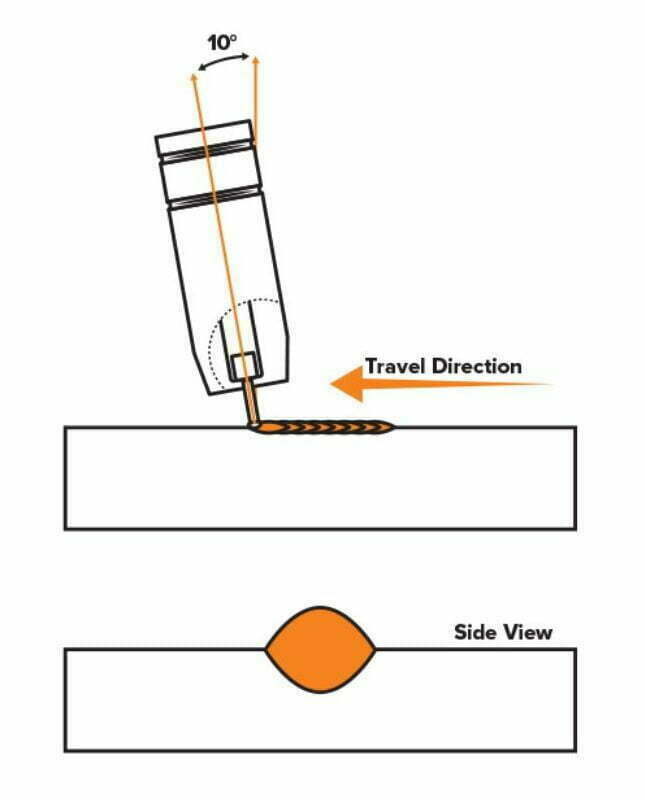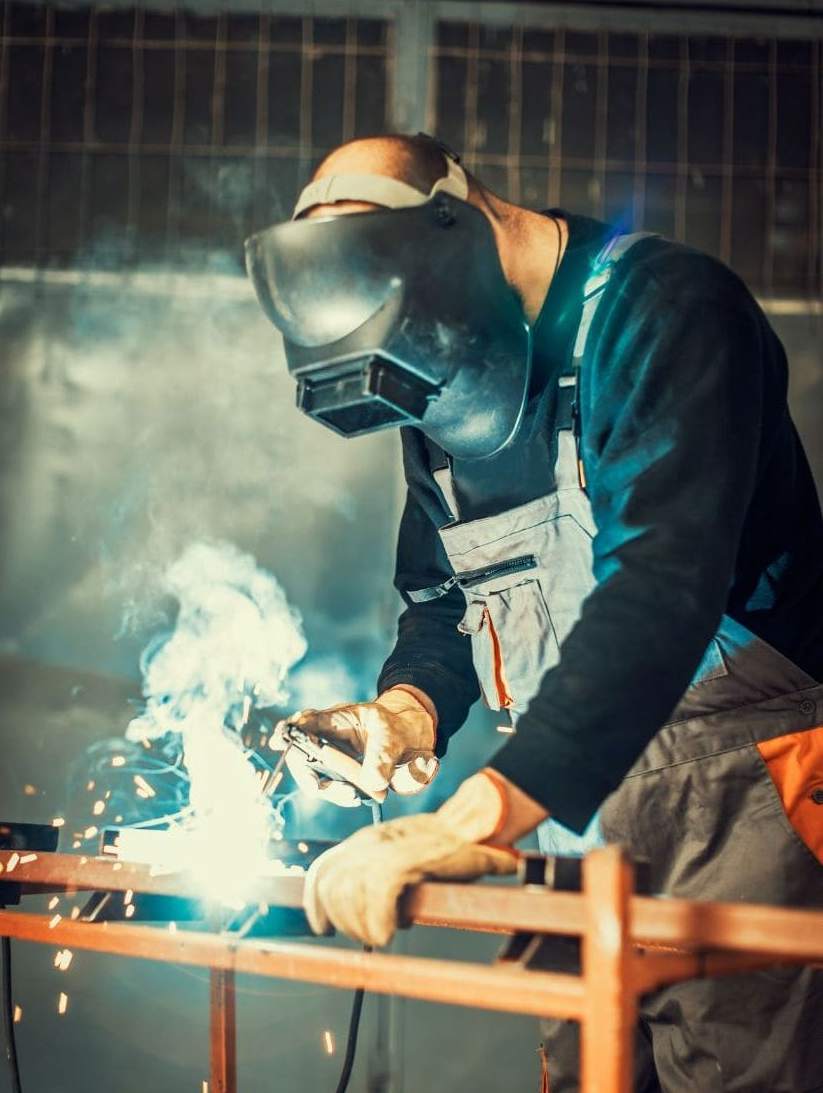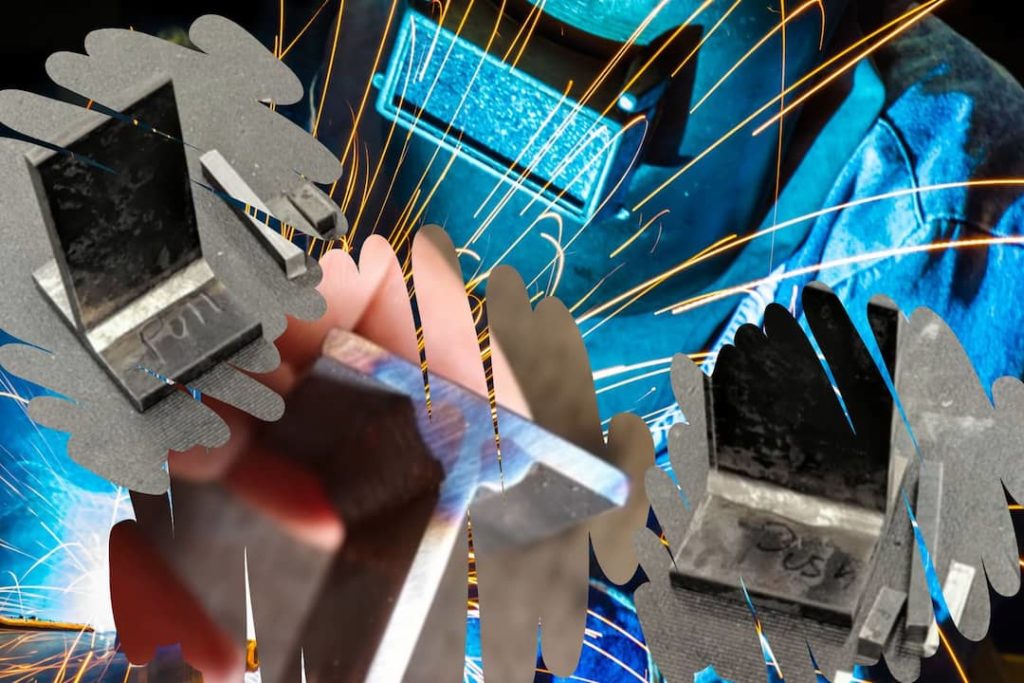Are you looking for a better way to do your MIG welding projects? Have you heard about the differences between pushing and pulling in this popular welding process?
Table of Contents
Did you know that push vs pull can make all the difference in providing a professionally finished weld?
Knowing exactly when to push or pull during MIG weld will help ensure that each welding job looks excellent, lasts longer, and has fewer potential defects.
In this blog post, we’ll take an in-depth look at why each technique is important and discuss when it’s best to push or pull while using this powerful welding method.
This comprehensive guide should give most welders exactly what they need to produce stellar results with their next project!
Key Takeaways
- A MIG welder pulls and pushes during the welding according to the requirement as pushing creates better visibility of the welding arc and pulling makes the welding faster, especially wire welding.
- You cannot use both techniques while MIG welding: a gas is used to protect a molten metal known as a weld puddle from contamination but if we use pushing the gas will be pushed away hence removing your protection.
What is MIG welding?
MIG (Metal Inert Gas) welding is an arc welding process that uses consumable wire electrodes and electric current that produces heat. It is one of the most commonly used forms of welding today due to its easy setup and use, low cost, and fast production rates.
This type of welding is a go-to for manufacturing processes because it can weld many metals including aluminum, steel, and stainless steel.
What Are The Differences Between Pulling and Pushing?
When it comes to MIG weld, the torch can be used in two ways: pulling or pushing. Pushing is when the welder moves the torch away from them and pulls it back while welding. This causes a concave arc, helps prevent spatter, and provides better visibility for the welder.
Pulling, on the other hand, is when the welder moves the torch towards them and away again while welding. This drag technique creates a convex arc that helps reduce distortion and provides better access to tight areas that would be difficult to weld in with a pushing technique.
While both techniques can produce great results if done correctly, there are advantages and disadvantages to using one.
Advantages of Pushing During MIG Welding
When it comes to pushing, there are a few advantages that make it a popular welding technique.
Firstly it gives the welder better visibility as the arc is not obscured by smoke or spatter. It also helps reduce the occurrence of undercut and provides a better root pass finish.
Pushing also reduces distortion and allows for deeper penetration because the heat is concentrated in one area instead of spreading over a wide area. Hence a stronger weld.
It increases travel speeds which helps to save time and money on welding projects.
Finally, pushing gives welders more control during the welding process, allowing them to control the size and shape of the weld more easily. Ultimately, pushing during MIG welding can help achieve a high-quality weld efficiently.
When to use the push technique?
The push technique is best used when welding materials that are thicker than 1/8 inch (3.2 mm).
The higher the material’s thickness the more advantage pushing has over other techniques due to its ability to help reduce distortion and provide a better root pass finish.
Pushing is also commonly used for welding aluminum and stainless steel because it helps to prevent spatter from building up and clogging the nozzle. It is not recommended for thinner materials due to the increased heat and risk of burn-throughs.
Pushing should be used with caution on thin sheet metals or other thin objects, as it can cause distortion if too much pressure is applied.

Advantages of Pulling During MIG Welding
Pulling during welding offers several advantages compared to traditional techniques. It is faster than other welding techniques, as there is no need to wait for the pool to cool down before pulling away the wire.
Additionally, it can be used on thicker materials since more heat can be delivered in a single pass compared to other methods rather than thin metal, such as stick welding or wire welding. Pulling also helps to create a strong, consistent weld joint with fewer weld defects.
The process is clean and does not require additional flux or shielding gas, reducing waste material during welding.
Finally, pulling can be done from either side of the workpiece, allowing for greater flexibility when working on complex projects. These benefits make pulling an ideal choice for a variety of welding applications.
When to Use Pull Methods?
Pulling is often used when welding heavier materials that require more heat and deeper penetration of the base metal such as stainless steel. It is also commonly used for fabrication projects which require precise control over the weld bead size and shape.
This method can be used on butt joints, lap joints, filet welds, and other types of welds that most welders work on on a daily basis. In addition to these applications, pull methods are often used for welding thin materials in tight spaces where other techniques are not feasible.


Can You Push and Pull the Same Weld in MIG?
In most cases, it is not possible to push and pull the same porous weld using MIG welding. This is because when welding, an externally supplied shielding gas is used to protect the molten weld pool or weld puddle from atmospheric contamination.
In contrast, when pulling the electrode backward, the gas will be drawn in towards the weld puddle which can result in a lack of protection due to insufficient gas coverage.
It is possible to push and pull the same weld if certain welding techniques are used such as spray transfer or pulse welding for welding steel.
These techniques enable the current level and wire feed speed to be altered during the welding which can help to minimize spatter and contamination of weld puddles.
FAQs Related to Do You Push or Pull When MIG Welding Aluminum or Other Materials
Do you weld up or down with a MIG welder?
When welding with a MIG welder you should weld in the direction of the arrow on the gun. This usually means that you should weld from top to bottom (or up) when welding vertically and from left to right (or pull) when welding horizontally.
This helps ensure that your welds will be smooth and consistent. Some welders believe that it is better to weld up when welding vertically while others prefer to weld down; in either case, the main idea is to keep the direction of your welding in line with the arrow on the gun for a strong weld.
Do you push or pull a gasless MIG welder?
When welding with a gasless (flux core) welder, you should always pull. Pulling allows you to better control the arc and heat that is created. Pushing may cause excessive spatter and may make it difficult to maintain an even weld.
Additionally, flux core welding requires a shielding gas that is provided by the wire itself. If you push when using a gasless welder, you won’t get sufficient shielding gas and will produce poor welds.
What is the correct way to MIG weld?
The correct way to MIG weld is to start with a short arc and gradually increase the arc length as you continue welding.
The size and speed of your movements should be consistent all the way during the process. You should keep the gun at a specific angle so that both sides of the weld joint are equally exposed to heat.
